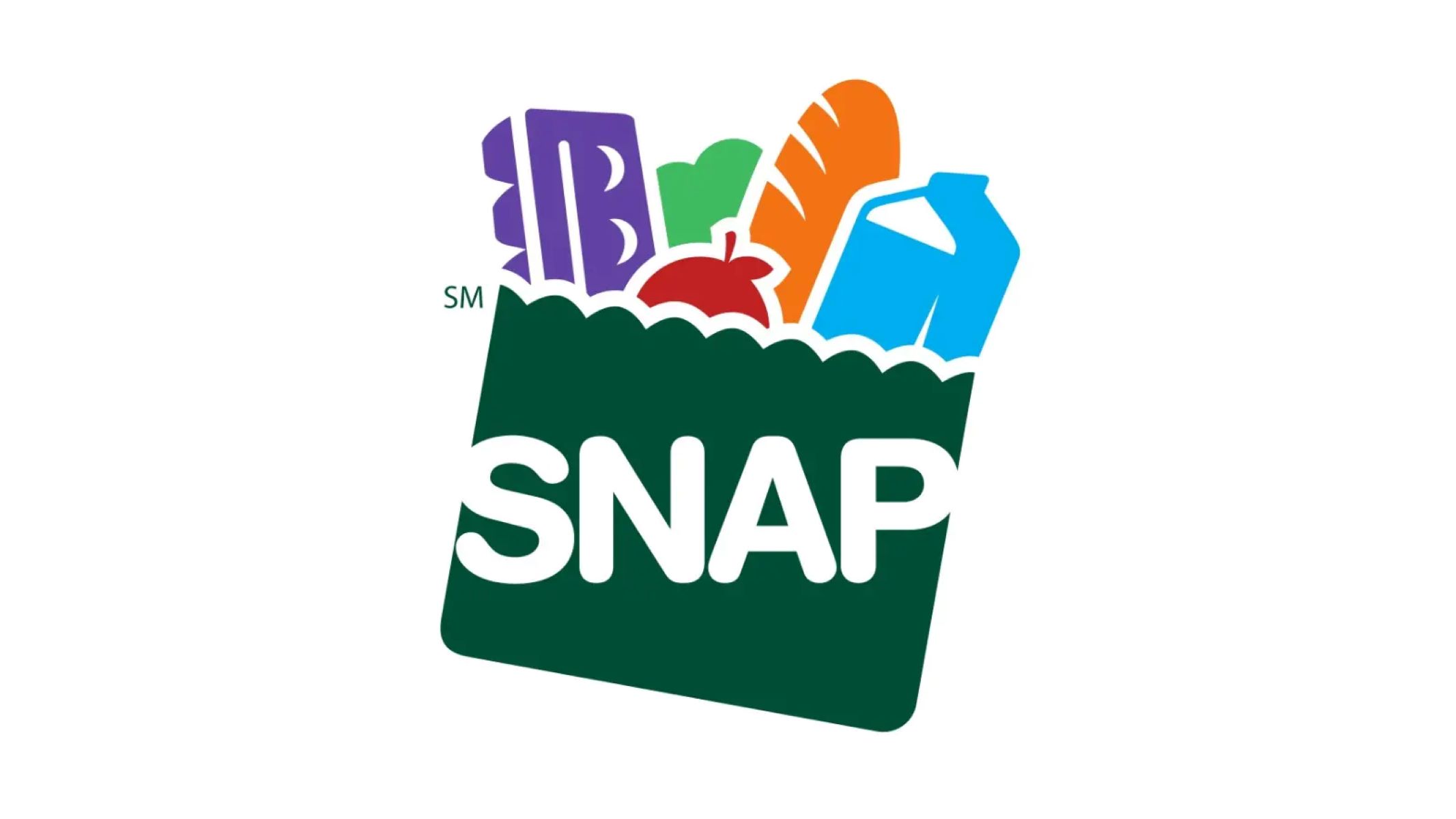
What are SNAP benefits, and why are they important? SNAP benefits, also known as the Supplemental Nutrition Assistance Program, help millions of low-income families in the U.S. afford nutritious food. Launched in 1964, SNAP aims to reduce hunger and improve nutrition by providing financial assistance for food purchases. SNAP benefits are distributed via an Electronic Benefit Transfer (EBT) card, which can be used at participating grocery stores. This program is crucial for working families, older adults, and individuals with disabilities who live on fixed incomes. By reducing food insecurity, SNAP also positively impacts health, economic stability, and overall well-being.
Key Takeaways:
- SNAP, or the Supplemental Nutrition Assistance Program, helps low-income individuals and families afford a nutritious diet. It reduces food insecurity, improves health outcomes, and supports financial stability for millions of Americans.
- By providing essential financial support for food, SNAP plays a crucial role in reducing hunger, improving nutrition, and supporting the well-being of low-income households, especially those with children.
What is SNAP?
The Supplemental Nutrition Assistance Program (SNAP) is a federal aid program that helps low-income individuals and families afford a nutritious diet. Let's dive into some key facts about this essential program.
-
History of SNAP
SNAP began in 1964 with the Food Stamp Act, aiming to reduce hunger and improve nutrition for low-income families. -
Purpose of SNAP
The program ensures households with low incomes can access an adequate diet, especially helping working families, older adults, and individuals with disabilities. -
Eligibility Criteria
To qualify, households must have low income, be U.S. citizens or qualified non-citizens, and meet resource and income limits. -
Benefit Distribution
Benefits are distributed via an Electronic Benefit Transfer (EBT) card, usable at participating grocery stores.
How SNAP Benefits are Calculated
Understanding how benefits are calculated can help recipients plan their budgets better.
-
Benefit Formula
The formula assumes families spend 30% of their net income on food, with SNAP covering the difference based on the Thrifty Food Plan (TFP). -
Maximum Monthly Benefits
Maximum benefits vary by household size. For example, in 2022, a single-person household could receive up to $250 monthly. -
Average Monthly Benefits
On average, recipients received $127 per month in 2021, with an additional $92 during the pandemic, totaling $218 per person. -
Pandemic-Related Benefits
During COVID-19, temporary benefits helped recipients cope with increased food costs, expiring with the end of emergency declarations.
Impact of SNAP on Food Security
SNAP plays a crucial role in reducing food insecurity and improving health outcomes.
-
Impact on Food Insecurity
Participation can reduce food insecurity by up to 30%, with even greater reductions among children. -
Reach Beyond Poverty Level
Two-thirds of food-insecure households have incomes above the federal poverty level, showing SNAP's broad reach. -
Household Composition
About two-thirds of participants are in families with children, and over one-third are in households with older adults or people with disabilities.
Economic and Health Benefits of SNAP
SNAP not only helps with food security but also has broader economic and health benefits.
-
Economic Downturns
The program is responsive during economic downturns, providing additional assistance to struggling households. -
Health Outcomes
SNAP participation reduces healthcare utilization, improves child development, and alleviates mental health issues. -
Developmental Risks
Children on SNAP are less likely to experience developmental risks and healthcare cost sacrifices. -
Healthcare Utilization
Recipients are less likely to visit emergency rooms for non-urgent issues, indicating better healthcare management. -
Mental Health
Adults on SNAP experience less psychological distress and are less likely to delay seeking care.
Financial and Long-term Benefits
SNAP contributes to financial stability and long-term positive outcomes for recipients.
-
Financial Well-being
The program improves financial well-being by allowing households to allocate more resources towards essential needs. -
Long-term Outcomes
Access to SNAP as a child can lead to better health and economic stability in later life. -
Summer Nutrition Benefits
Benefits provided during school breaks can significantly reduce very low food security among children.
Policy and Public Perception
Understanding policy actions and public perception can help improve the program's effectiveness.
-
Policy Actions
Suggestions include distributing benefits more frequently, increasing benefits, and coordinating eligibility with other programs. -
Misconceptions About SNAP
Contrary to stereotypes, most recipients are employed or in educational programs, with the average benefit being about $1.40 per meal. -
Stereotypes and Public Opinion
Misconceptions like the "welfare queen" stereotype influence public opinion and policy changes, often unfairly.
SNAP's Role in Supporting Low-Income Households
The program is vital for supporting low-income households, especially those with children.
-
Impact on Low-Income Households
SNAP ensures these households have access to nutritious food, essential for health and well-being. -
Food Security
Participation can significantly reduce the likelihood of experiencing food insecurity. -
Healthcare Costs
By reducing food insecurity, SNAP helps lower healthcare costs associated with chronic diseases. -
Family Functioning
Ensuring access to food reduces stress and improves overall family well-being. -
Child Development
Nutritional support from SNAP reduces the risk of developmental delays in children.
Mental Health and Poverty Reduction
SNAP's impact extends to mental health and poverty reduction.
-
Mental Health Impact
Stable food access through SNAP reduces mental health issues in households. -
Poverty Reduction
The program helps bridge temporary financial hardships, reducing the likelihood of falling into poverty. -
Economic Growth
By increasing economic security, SNAP contributes to broader economic growth.
Administrative Flexibility and Technological Advances
SNAP's flexibility and technological advances have improved its efficiency and reach.
-
Macroeconomic Stabilizer
SNAP benefits expand and contract according to need, helping stabilize household budgets during economic downturns. -
Administrative Flexibility
States can tailor aspects like vehicle value limits to address local needs more effectively. -
Electronic Benefit Transfer (EBT)
The EBT card system has streamlined benefit distribution, reducing administrative costs and improving efficiency.
Program Reauthorization and Temporary Benefits
Reauthorization and temporary benefits ensure SNAP adapts to changing needs.
-
Program Reauthorization
The program undergoes reauthorizations through the Farm Bill, adjusting funding and eligibility requirements. -
Temporary Benefit Increases
Increases during emergencies like the COVID-19 pandemic provide additional support to struggling households. -
State Emergency Declarations
The expiration of pandemic-related benefits depends on federal or state emergency declarations.
Participation Rates and Food Insecurity
SNAP's dynamic response to economic conditions helps address food insecurity.
-
SNAP Participation Rates
Participation expands during economic downturns and contracts when the economy recovers. -
Food Insecurity Rates
Rates have remained higher since the Great Recession, with SNAP playing a crucial role in reducing them.
Nutritional Adequacy and Healthcare Patterns
Ensuring nutritional adequacy and understanding healthcare patterns are key to SNAP's success.
-
Household Income Distribution
While eligibility is restricted to low-income households, SNAP's reach extends beyond the federal poverty level. -
Nutritional Adequacy
The Thrifty Food Plan ensures recipients have access to a nutritionally adequate diet at a low cost. -
Healthcare Utilization Patterns
Recipients are less likely to visit emergency rooms for non-urgent issues, indicating better healthcare management.
Developmental Risks and Mental Health Outcomes
SNAP's impact on developmental risks and mental health is significant.
-
Developmental Risks and Healthcare Costs
Children on SNAP are at lower risk for developmental issues and healthcare cost sacrifices. -
Mental Health Outcomes
Adults on SNAP experience less psychological distress and are less likely to delay seeking care.
Financial Stability and Policy Recommendations
SNAP contributes to financial stability and has room for policy improvements.
-
Financial Stability
The program enables households to allocate more resources towards essential needs, reducing financial stress. -
Policy Recommendations
Distributing benefits more frequently, increasing benefits, and coordinating eligibility with other programs can enhance SNAP's effectiveness.
The Vital Role of SNAP Benefits
SNAP benefits play a crucial role in supporting low-income families and individuals. They provide essential nutritional assistance, helping millions afford a healthy diet. The program's flexibility and responsiveness during economic downturns make it a lifeline for many. By reducing food insecurity, SNAP also improves health outcomes and lowers healthcare costs. It supports child development, mental health, and overall financial stability.
Temporary benefit increases during crises, like the COVID-19 pandemic, show how adaptable and vital the program is. Policymakers should consider enhancing SNAP by distributing benefits more frequently, increasing amounts, and coordinating with other assistance programs.
Understanding these facts highlights the importance of SNAP in reducing poverty and promoting well-being. It's not just about food; it's about providing a foundation for a healthier, more stable life for millions of Americans.
Frequently Asked Questions
Was this page helpful?
Our commitment to delivering trustworthy and engaging content is at the heart of what we do. Each fact on our site is contributed by real users like you, bringing a wealth of diverse insights and information. To ensure the highest standards of accuracy and reliability, our dedicated editors meticulously review each submission. This process guarantees that the facts we share are not only fascinating but also credible. Trust in our commitment to quality and authenticity as you explore and learn with us.


